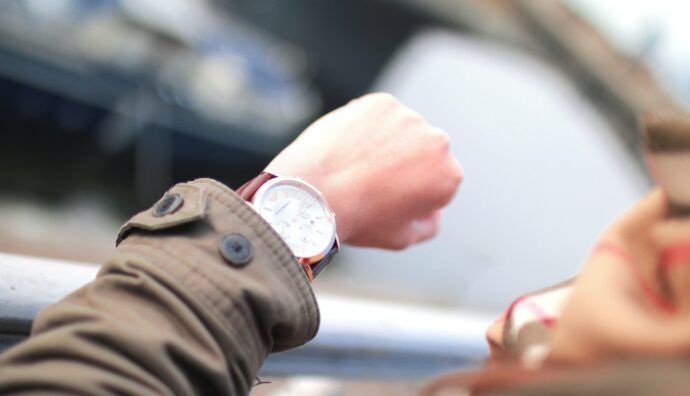“Matteeeeeeeeeee….”
“Yameeeeeeeee…..”
A few months of attendance at a course of a Japanese martial discipline leads you to familiarize with different oriental terms. Perhaps their meaning is not explained, yet after a few weeks the meaning is understood, on average.
So when the Sensei says “matte” (with many “e” or not depending on the mood…), you stop the practice and when you hear “yame”, you know that that particular training is over.
“Chotto matte kudasai” (ちょっと 待って 下さい) means “wait a moment, please”. It is a very used sentence in all contexts and in all cultures, however we have the intimate feeling that after “mom” and “dad”, children in Japan learn to say “chotto matte kudasai”. We find that everywhere: in Japanese lessons, in dialogues, in readings… Everywhere.
After all, waiting is perhaps one of the universal experiences that all living beings share. We wait nine months for the birth of a child; we await the peace, a train, the boyfriend at the airport….But even a swallow awaits the arrival of spring to return to its nest and a dog faithfully awaits its master’s return home.
Let’s see together four elements of waiting, which we find in practice and which we can bring into our daily lives.
1. Waiting is knowing how to see. In our language, “wait” comes from knowing how to watch carefully. How many things do we see but don’t look at? How much have we educated our attention? And don’t tell us that you repeat exactly everything your Sensei shows you at the Dojo: we won’t believe you!
2. Waiting is knowing how to stop. In Japanese, “matsu” carries the meaning of standing firmly on the ground. In order to focus yourself, you need to know how to slow down, sometimes how to stop. Is our practice frenetic or do we know how to slow down to grasp its meanings?
3. Waiting is making sense of the voids. As the seven notes of music, arranged with an alternation of pauses and tones, give life to infinite melodies, so the technical principles can give life to infinite harmonies in the exchange that takes place between practitioners. Reducing practice to technical execution may be necessary in the beginning when we learn the grammar. But it is what we put between one gesture and the next one, between one word and the next one, between one keiko and the next one, makes the difference in the quality of our journey.
4. Waiting is finding that encounter that dissolves waiting itself and creating the conditions so that one does not get trapped in waiting itself. There are endless ways to act a kind of self-sabotage on this issue. From never feeling ready for an exam to never finding the right person. From filling up our brain only with readings and tutorials to never wanting to cross the boundaries of our own Dojo. From thinking that it’s the others who have to understand and help me to never let someone approach and change me.
We look forward to Christmas, making resolutions for a new year. And we find ourselves exactly as before.
Then, more or less along with spring, comes the time for the “small sacrifices” that fill Lent with other resolutions and good deeds. Easter comes and shortly after we find ourselves as before.
Then we push ourselves towards the swimsuit and six-pack rehearsal, ready for summer holidays…And we find ourselves at the n-th summer barbecues, postponing that “tomorrow that never becomes” until September, when Aikido courses starts again.
If we put just ourselves inside the time of waiting, the tatami teaches us that a punch or a blow arrives and bends us while we are still there thinking about how we could fill that time.
Waiting is therefore that mirror that opens towards an encounter that knows how to fill it with everything that we cannot do alone, nor would we ever be able to give ourselves. Without this opening, even the sweatiest keiko ends up being like those small sacrifices made out of force and not out of love: a masochistic, colossal waste of time.
Disclaimer: Photo by JÉSHOOTS from Pexels

